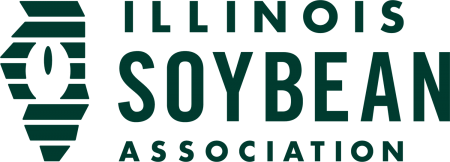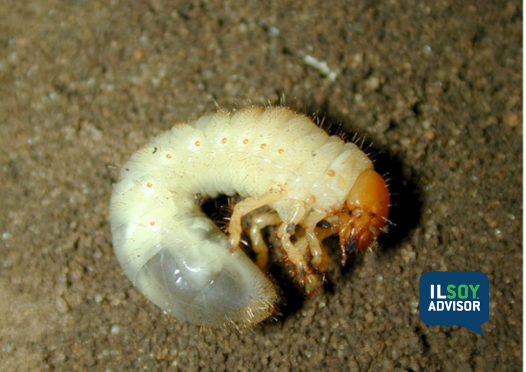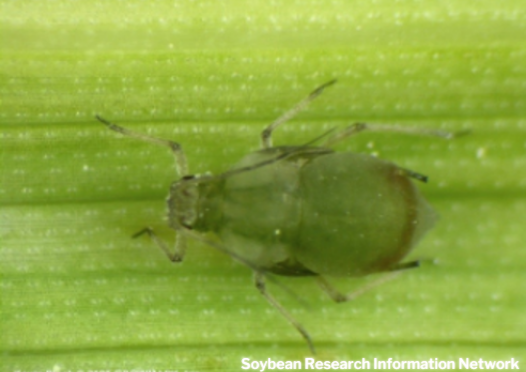ILSOYADVISOR POST
Insects: SCN in the forecast for 2014
While the drought of 2012 may not be top-of-mind as you head into 2014, don’t overlook the impact it may have on your 2014 soybean crop.
How so?
According to Greg Tylka, Iowa State University, the 2012 drought may have contributed to higher than normal levels of SCN. “In 2012, extremely high SCN reproduction was reported, most likely due to the drought conditions that year.”
Because many of those fields were in corn in 2013, they may be carrying higher than normal numbers of SCN eggs in 2014. As Tylka explains, “The number of SCN eggs in the soil at the time of planting is a major factor determining how much damage and yield loss SCN will cause.”
With the high incidence of SCN in Illinois fields, growers here should be prepared as well.
Nathan Schroeder, University of Illinois plant pathologist, says SCN remains a problem for most Illinois fields, whether you see the signs or not. “SCN is definitely still out there in every county. You probably have it even if you think you do not,” he says. “SCN is the number one pathogen in soybeans, but often results in no above-ground symptoms.”
Cold weather won’t help
And, if you think one of the benefits of a cold winter is lower insect pressure, you might be in for a surprise in 2014. According Tylka, this winter’s low temperatures and heavy snow cover won’t help to reduce SCN populations. “There is almost 100 percent survival of SCN over the winters here in the Midwest—no matter how cold,” he explains. “The nematode seems to survive extreme low soil temperatures very well.”
Look for resistant varieties
Tylka cautions growers to not use the fear of high SCN levels as a reason to abandon their crop rotation plans. “There is no reason to shift planting plans from soybeans to corn,” he explains. “It’s extremely valuable for pest management purposes to have soybeans and corn rotated in fields.”
His advice: Use good SCN-resistant soybean varieties with high yield potential and good nematode control. Nematode-protectant seed treatments may also provide added protection.
For more information, see Tylka’s article on AgProfessional.com





Comments
Add new comment